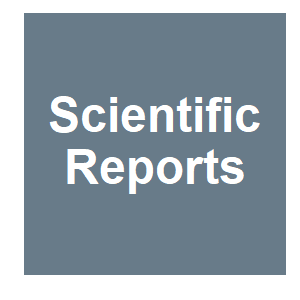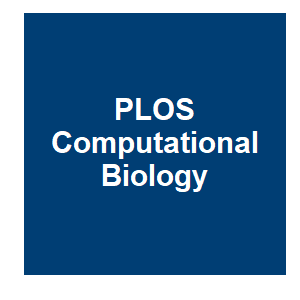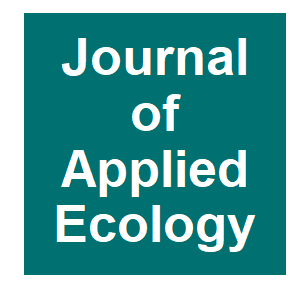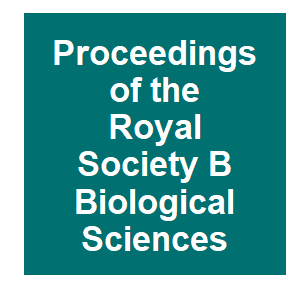
Keywords: populations

|
Split drive killer-rescue provides a novel threshold-dependent gene driveM. P. Edgington, T. Harvey-Samuel and L. Alphey, Scientific Reports, 10:13. 2020.
We show that although end-joining repair mechanisms may cause the system to break down, under certain conditions, it should persist over time scales relevant for genetic control programs. The potential of such a system to provide localised population suppression via sex ratio ... Keywords: culex-pipiens, cytoplasmic incompatibility, gene drive natural, populations, selection |

|
Vector genetics, insecticide resistance and gene drives: An agent-based modeling approach to evaluate malaria transmission and eliminationP. Selvaraj, E. A. Wenger, D. Bridenbecker, N. Windbichler, J. R. Russell, J. Gerardin, C. A. Bever and M. Nikolov, PloS Computational Biology, 16:21. 2020.
Here, we investigate the reduced efficacy of current vector control measures in the presence of insecticide resistance and evaluate the likelihood of achieving local malaria elimination using gene drive mosquitoes released into a high transmission setting alongside other vector ... Keywords: culex-pipiens, cytoplasmic incompatibility, gene drive natural, populations, selection |

|
A One-Sided Competition Mathematical Model for the Sterile Insect TechniqueA. Ben Dhahbi, Y. Chargui, S. M. Boulaaras and S. Ben Khalifa, Complexity, 2020:12. 2020.
We study a simple mathematical model describing the dynamics of a wild-type pest insects population experiencing competition from sterile insects (one-sided competition). Keywords: culex-pipiens, cytoplasmic incompatibility, gene drive natural, populations, selection |

|
Detecting the population dynamics of an autosomal sex ratio distorter transgene in malaria vector mosquitoesP. Pollegioni, A. R. North, T. Persampieri, A. Bucci, R. L. Minuz, D. A. Groneberg, T. Nolan, P. A. Papathanos, A. Crisanti and R. Muller, Journal of Applied Ecology, 11. 2020.
A sex-distorting autosomal transgene has been developed recently in G3 mosquitoes, a laboratory strain of the malaria vectorAnopheles gambiaes.l. Following the World Health Organization guidance framework for the testing of GM mosquitoes, we assessed the dynamics of this ... Keywords: culex-pipiens, cytoplasmic incompatibility, gene drive natural, populations, selection |

|
Controlling invasive rodents via synthetic gene drive and the role of polyandryManser, AC, S. J.; Sutter, A.; Blondel, D. V.; Serr, M.; Godwin, J.; Price, T. A. R., Proceedings of the Royal Society B-Biological Sciences, 286:9. 2019.
House mice are a major ecosystem pest, particularly threatening island ecosystems as a non-native invasive species. Rapid advances in synthetic biology offer new avenues to control pest species for biodiversity conservation. Recently, a synthetic sperm-killing gene drive ... Keywords: culex-pipiens, cytoplasmic incompatibility, gene drive natural, populations, selection |

|
The distribution of B chromosomes across speciesPalestis, BGT, R.; Burt, A.; Jones, R. N., Cytogenetic and Genome Research, 106:151-158. 2004.
In this review we look at the broad picture of how B chromosomes are distributed across a wide range of species. We review recent studies of the factors associated with the presence of Bs across species, and provide new analyses with updated data and additional variables. The ... Keywords: culex-pipiens, cytoplasmic incompatibility, gene drive natural, populations, selection |

|
Selfish DNA and breeding system in flowering plantsBurt, AT, R., Proceedings of the Royal Society B-Biological Sciences, 265:141-146. 1998.
In many species, some individuals carry one or more B chromosomes: extra, or supernumerary chromosomes not part of the normal complement. In most well-studied cases, B's lower the fitness of their carrier and persist in populations only because of accumulation mechanisms ... Keywords: culex-pipiens, cytoplasmic incompatibility, gene drive natural, populations, selection |

|
Selfish genes in mosquitosC. F. Curtis, Nature, 357:450. 1992.
Hurst and coUeagues1.2 state that "within any population of [the mosquito] Culex pipiens there are two sorts of individual, those that bear/harbour Wolbachia [bacteria] and those that do not". But, according to Yen and Barr3, all wild-type C. pipiens appropriately examined ... Keywords: culex-pipiens, cytoplasmic incompatibility, gene drive natural, populations, selection |

Contact
David O’Brochta
Foundation for the
National Institutes of Health
geneconvenevi@fnih.org
RSS

